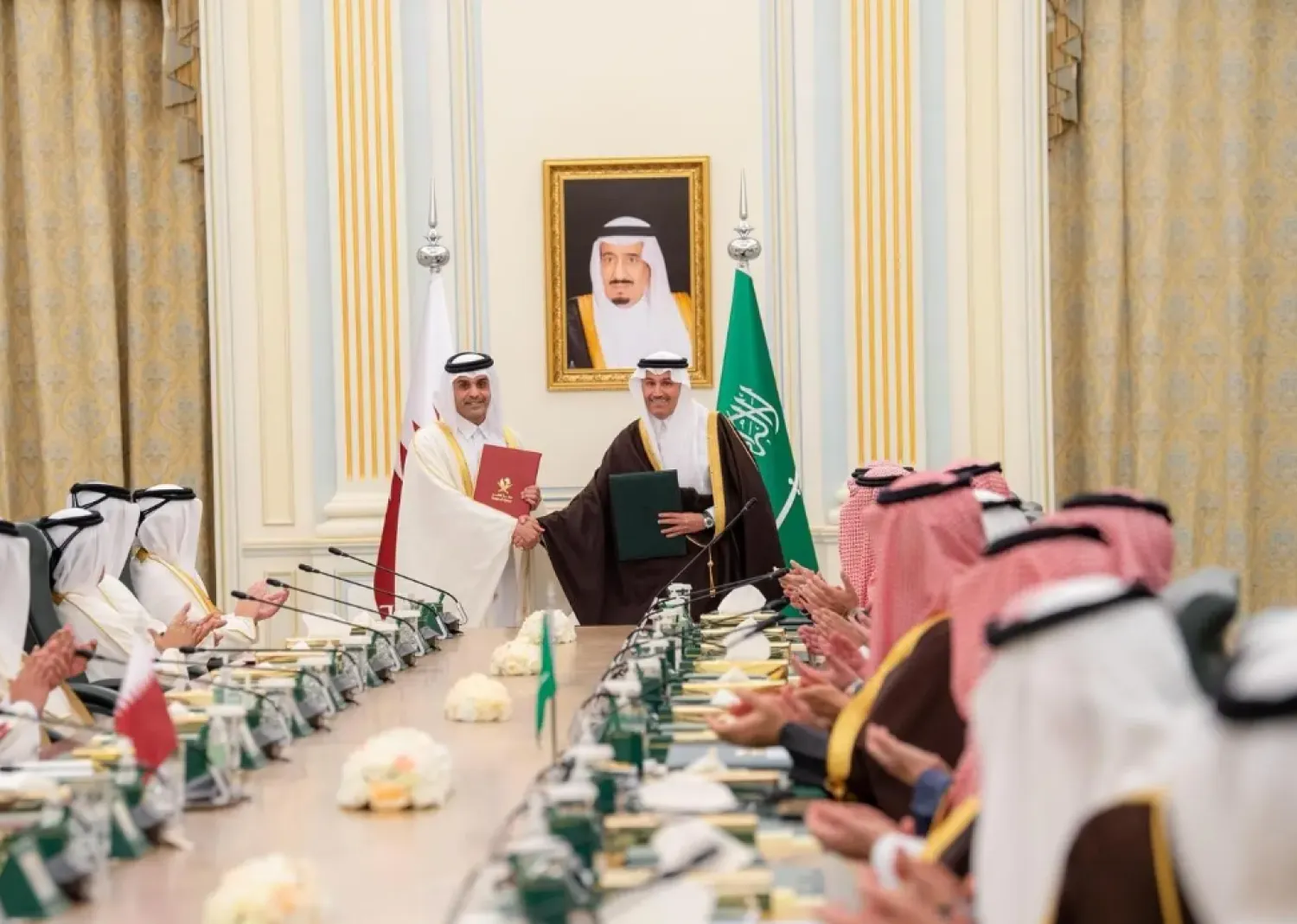Saudi Arabia aims to develop a global integrated logistics park in the al-Khumrah region, west of the Kingdom.
The Saudi Ports Authority (Mawani) and Jeddah Chamber of Commerce signed an agreement to set up a $267.6 million integrated logistics park at al-Khumrah, south of Jeddah, to boost economic development, national investments, and partnership with the private sector.
Two weeks ago, Mawani and Maersk began construction on Saudi Arabia's largest Integrated Logistics Park at Jeddah Islamic Port, with investments amounting to $346.6 million, providing more than 2,500 direct and indirect job opportunities.
The new region directly achieves Mawani's strategic objectives as the main link in the system, in line with the goals of the National Transport and Logistics Strategy, by establishing the Kingdom's position as a global logistics hub.
The park is also linked to the National Industrial Development and Logistics Program (NIDLP), and al-Khumra is one of the pioneering areas targeted for development as a global logistics region.
It aims to increase the optimal utilization of Mawani's assets and achieve diversification by providing more than 10,000 new direct and indirect jobs in the logistics sector through business and investments.
The 3-km logistics park comprises three zones: shared warehouses, medium-sized storage yards and single warehouses, and large storage yards and on-demand warehouses.
The various zones will meet the requirements of importers and exporters of stocking multipurpose cargo, chilled and frozen goods, food commodities, and fragile goods.
The park offers move-in-ready warehouses, storage yards, re-export zones, custom storage, logistics amenities, commercial units, residential units, staff accommodation, state-of-the-art infrastructure like roads and green spaces, and other essential services.
Meanwhile, Cruise Saudi, wholly owned by the Public Investment Fund (PIF), welcomed nearly 9,000 tourists from five European countries to celebrate Saudi Founding Day.
The 8,800 tourists visited key Saudi destinations through three cruise ship calls in Jeddah Islamic Port and King Abdulaziz Port in Dammam.
Tourists were welcomed at the passengers' terminal with Founding Day traditional activities, including cultural gifts, Saudi coffee, dates, and folklore dances, in collaboration with all relevant authorities and local partners.
The tourists, representing different nationalities, namely English, Spanish, Italian, French, and Russian, witnessed and engaged in the vibrant Saudi Founding Day festivities in their various expeditions in both Jeddah and the Eastern Province through Dammam Port.
The activities included a flight to visit AlUla, Saudi's first UNESCO World Heritage site, an enjoyable walk at Jeddah's Waterfront, and a journey back in time through centuries of culture and traditions by visiting the UNESCO World Heritage site of Jeddah Historical District, filled with vibrant artwork, exotic scents, traditional markets, and authentic Hijazi architecture unique to the region.
They could also tour al-Ahsa Oasis, Saudi's third UNESCO World Heritage site accessible via cruising, exploring the Qara Mountain, Princes' School, and al-Qaisariyah Souq.
The ongoing cruising season of Cruise Saudi, from November 2022 until May 2023, is set to welcome over 75 scheduled calls by ships from several global cruise lines sailing the Red Sea and Arabian Gulf.









